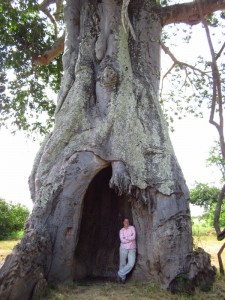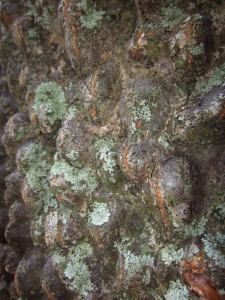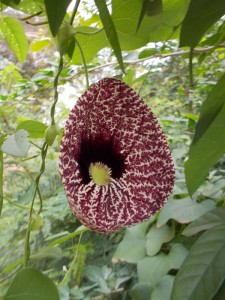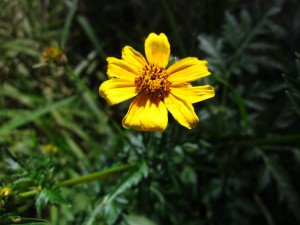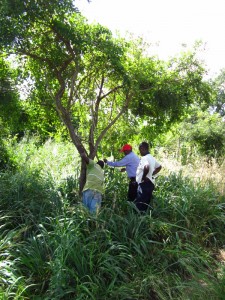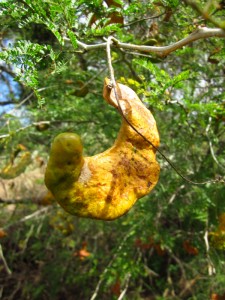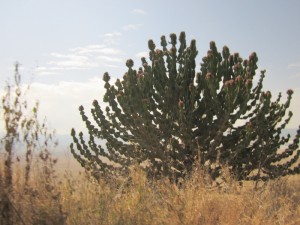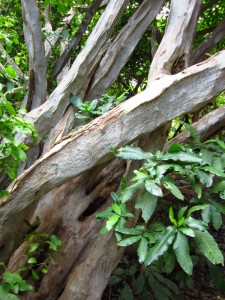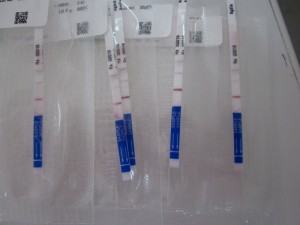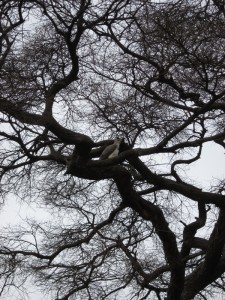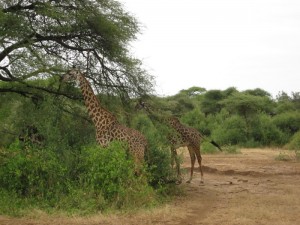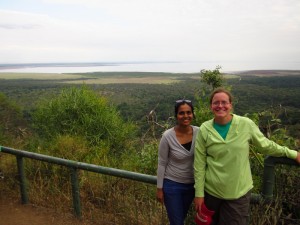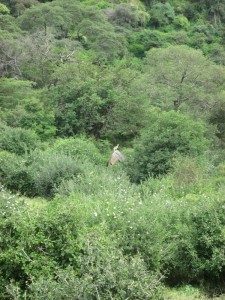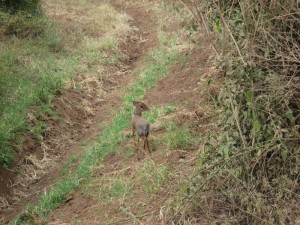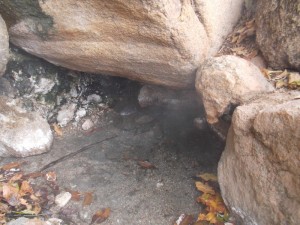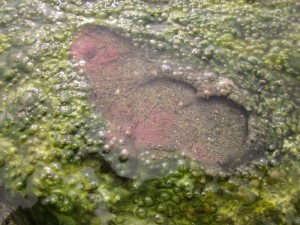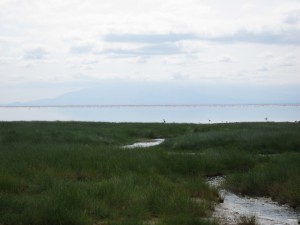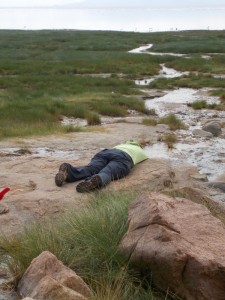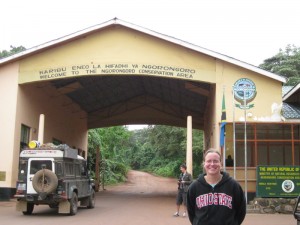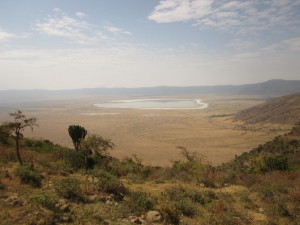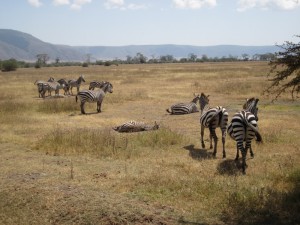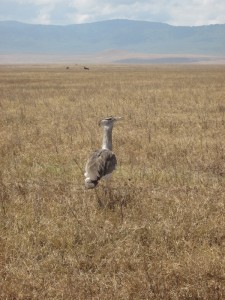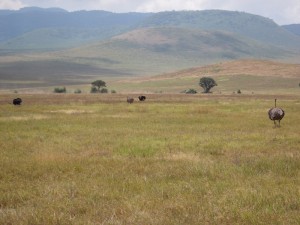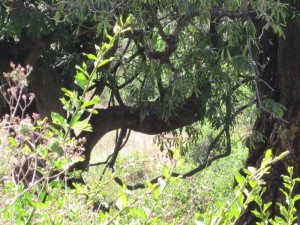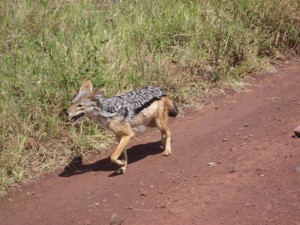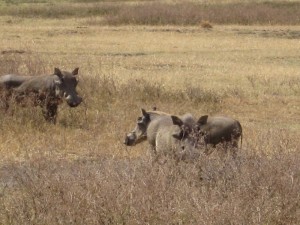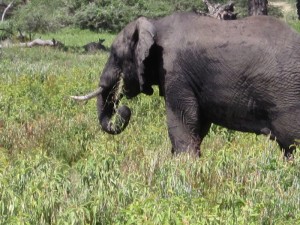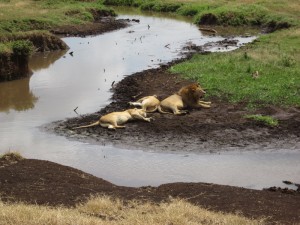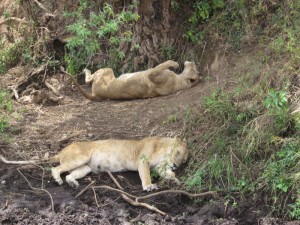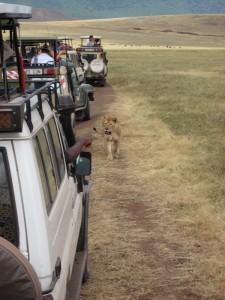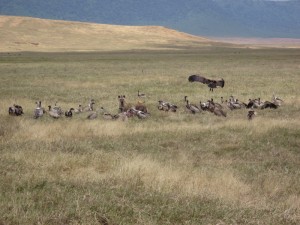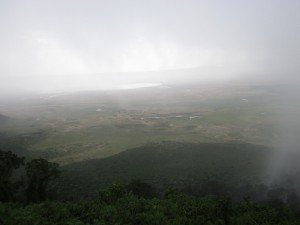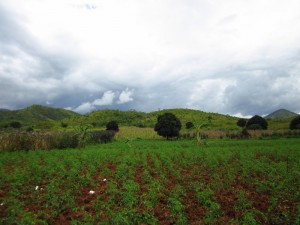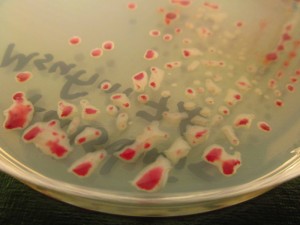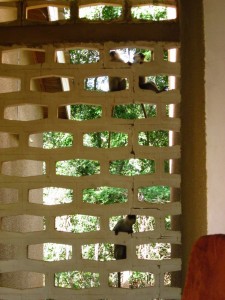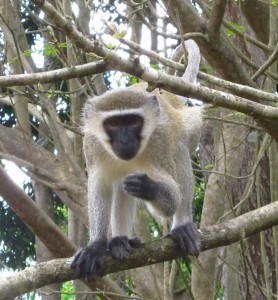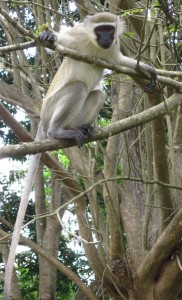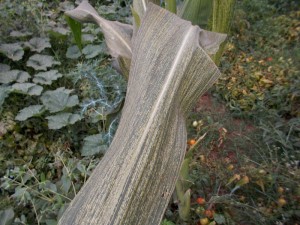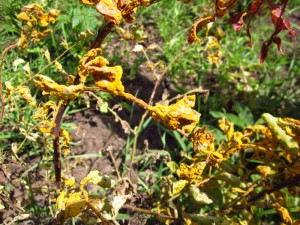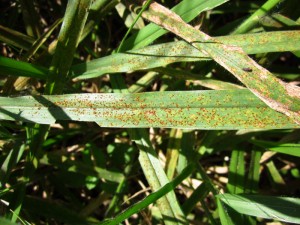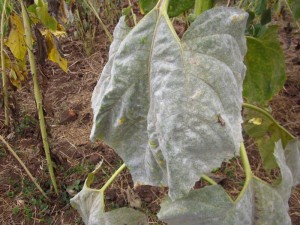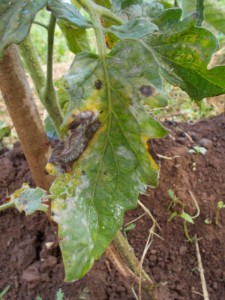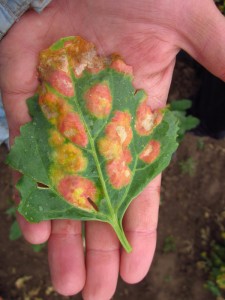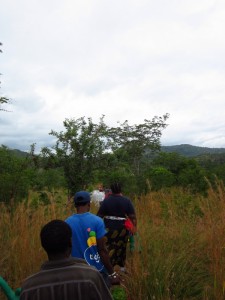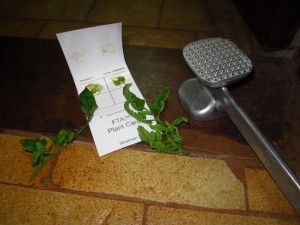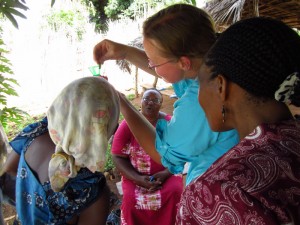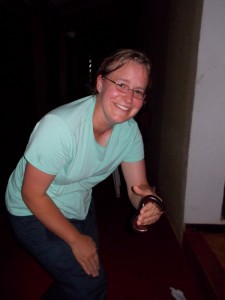One of my favorite things about travelling is seeing new plants. In Tanzania, I’ve seen lots of interesting plants and here are a few of them (I’ve named the ones that I know).
Month: June 2014
Week 8: Routine Research
This week featured some pretty routine research activities: culturing pathogens, planting tomatoes, and entering data. Although in Tanzania, things are never quite routine, so there is always something a little different or a new challenge that pops up that needs to be addressed before research can proceed.

For example, if there is no electricity, just enter data by the light of your headlamp until you laptop battery dies.
In other news, we had the first successful webinar for our iAGRI project (given by Dr. Miller on tomato disease diagnostics.) There will be more of these webinars on tomato disease management and we’ll be posting them all in one place online. I’ll be sure to link to it on my blog once we start posting.
A few more pictures from this week:
Week 7: A Short Post for a Short Week
Week 7 is a quarter of the way through my research trip in Tanzania. This week I was able to plant some tomato trials in a screenhouse and also worked on my bacterial isolations in the lab. Seeding pots is one of my favorite things to do, so this was a fun research activity for the week. Aside from data entry, there’s not too much to report for this week (but do see the safari megapost below!).
Safari Megapost!
This past weekend, I took a break and went on a three day safari. It was totally worth the 10 hour bus ride to Arusha. We went to Lake Manyara National Park and Ngorongoro Crater. Here are some of the things that I saw on safari!
Lake Manyara
My favorite part at Lake Manyara was the hot springs, and this was mainly because there were some awesome microbial biofilms!
Ngorongoro Crater
Week 6: Field and Lab
This week, we finished up the final village for this stage of the disease survey. The remaining village is in the mountains, so its season starts later than other villages. As always, the tomato fields were located in a beautiful setting, and we found lots of diseases.
With the disease survey winding down, I have some more time to work in the lab.
I also have more time to enter and look at my data.
Plant Diseases of Tanzania 2: Obligate Pathogens Edition
Time for a second post on plant diseases that I’ve encountered while in Tanzania. All the diseases in this post are caused by obligate pathogens. Obligate plant pathogens are pathogens that can only grow in a living plant host. Unlike many bacteria and fungi, obligate plant pathogens cannot be grown in petri dishes or flasks in the lab.
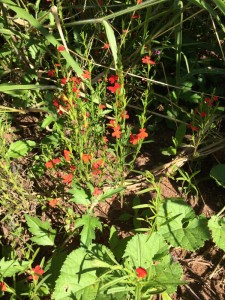
Striga (with red flowers) is an parasitic plant that gets nutrients by tapping into roots of nearby plants
You can’t make it through a post on obligate plant pathogens without any downy mildews! We saw some downy mildew on cucurbits here, but I don’t have a picture. To make up for that, here’s my favorite picture of quinoa downy mildew (Peronospora variabilis)!
Week 5: 10 Things that Happened this Week
The past week was quite busy. We worked in three different villages in three days, and on Friday, I went to Dar es Salaam for a meeting.
Here are 10 things that happened this week (in no particular order)
1. Hiked through gorgeous scenery to a farmer’s field
2. Crossed a stream to get to another farmer’s field
3. Hiked past Maasai cattle to get back to the truck
4. Used a log to cross a water pit to get to a farmer’s field
5. Had my shoe stolen by a dog
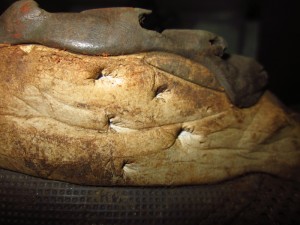
While my boots were drying out from the water pit, a dog decided one boot would make an excellent chew toy. I got my boot back, but now have a lasting reminder of the dog.
6. Double O-H-I-O
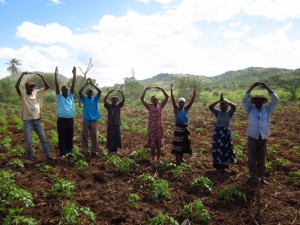
Last time we visited this village, we made the O-H-I-O. This visit, the farmers wanted in on the action!
7. Applied tomato leaf samples onto FTA cards using a meat tenderizer
8. Bought 100 empty pop bottles
9. Successfully demoed bacterial streaming
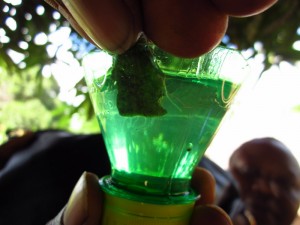
Bacterial streaming (the cloudy strands coming from the stem are bacteria)! If a clear glass isn’t available, pop bottles will do the job!
10. Had a giant millipede climb on my hand
